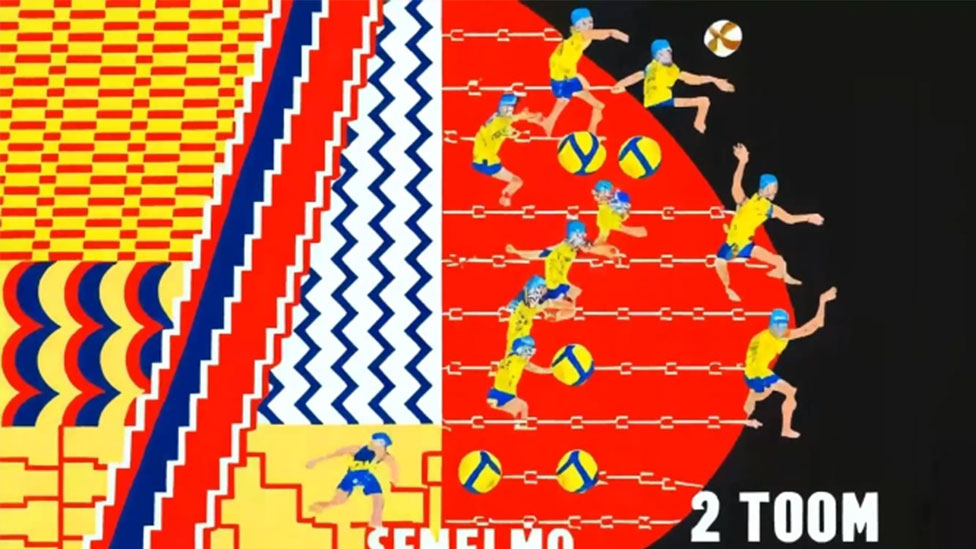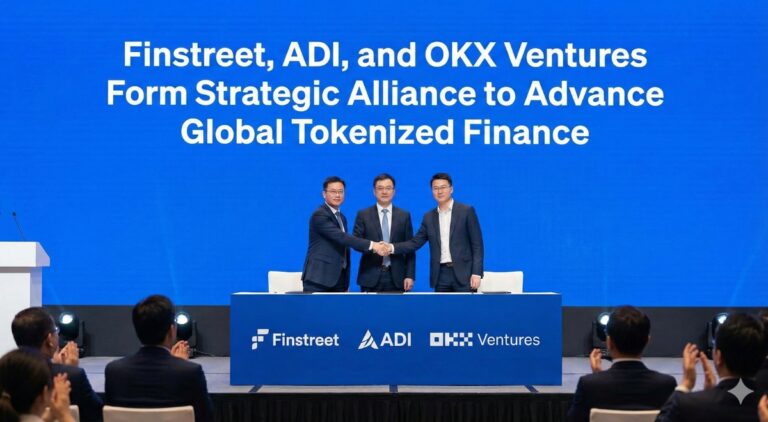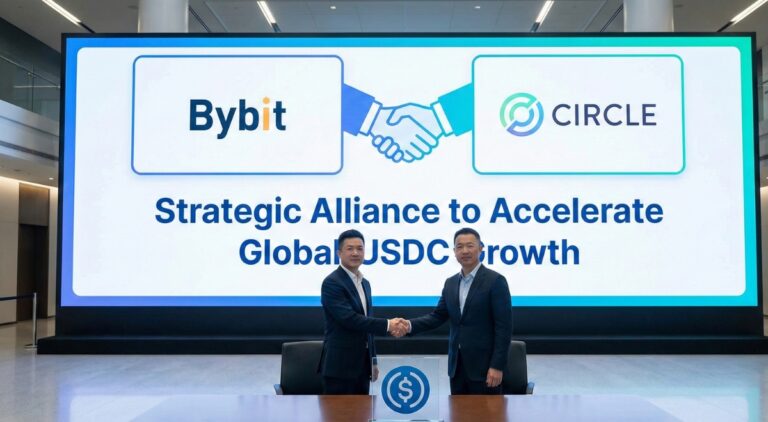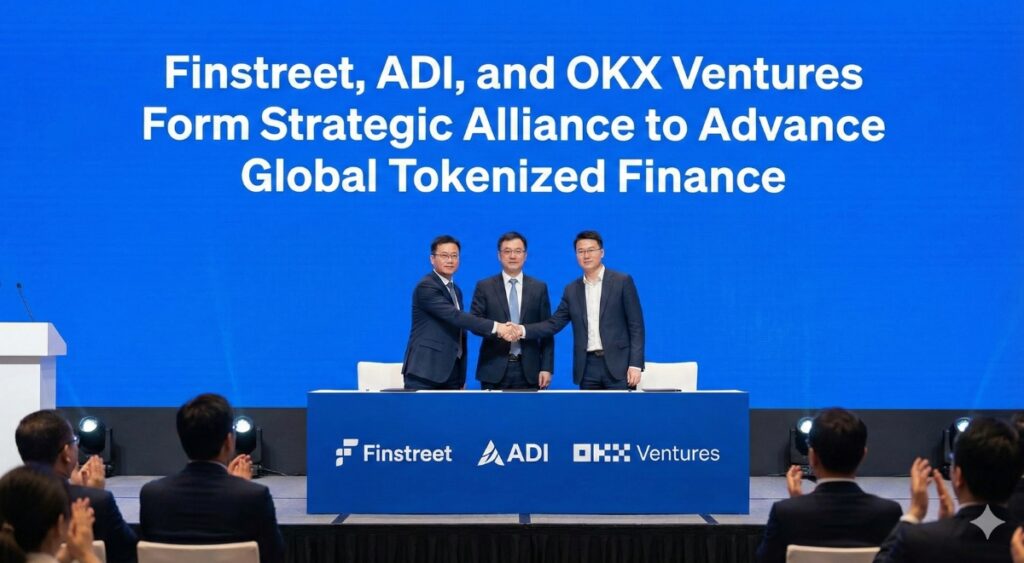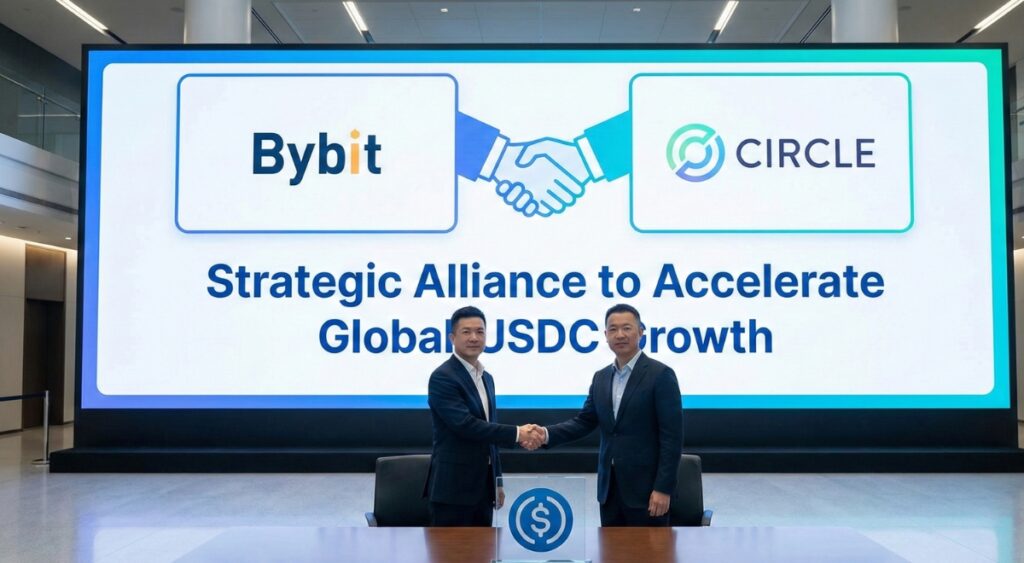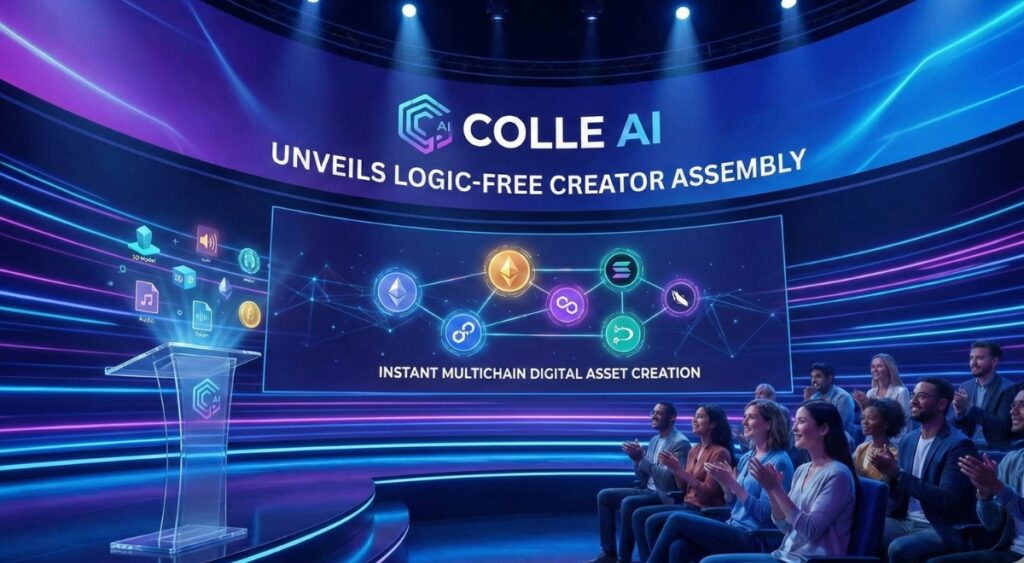New York: A new wave of artists is transforming AI-generated music videos into highly sought-after NFT collections, turning digital experiments into serious collector assets. The trend was underscored this month by Legio X, an experimental artist who released a tightly curated series of one-of-one AI music video works through Fellowship’s Daily platform.
The entire collection, titled Static Dispersals & Reconstructed Fables, sold out almost immediately. A significant portion was acquired by a collector DAO, demonstrating that when scarcity, curation, and distribution align, AI-driven video art is treated more like fine art than commodity content.
Beyond Generative Clips
At the core of this movement is the technology powering the videos. Artists are moving beyond generic text-to-video experiments, relying instead on production-grade tools designed specifically for music-driven visuals.
Platforms like Neural Frames are gaining traction among creators by offering layered workflows tailored to musicians and visual artists alike:
- Autopilot: A two-click path from track to lyric-aware, audio-reactive rough cuts.
- Frame by Frame: A Stable Diffusion–based animation process that enables detailed, per-frame control for 4K resolution consistency.
- Text to Video Editor: A timeline-driven tool that integrates frontier models such as Kling and Seedance, synchronizing visuals with stems so cuts and transitions land perfectly on the beat.
The result is not just “AI video,” but structured, musically literate works that respect pacing, composition, and narrative.
Why Collectors Are Buying
Market analysts say there are four main reasons NFT music video drops like Legio X’s resonate with serious collectors:
- Scarcity over scale: Limited editions of one, or very small sets, treat video like fine art rather than disposable content, preserving long-term value.
- Curated distribution: Placement in reputable venues — from digital art galleries to collector DAOs — ensures works reach audiences already primed to value them.
- Audio reactivity and narrative coherence: Videos that sync intelligently with music stems (vocals, drums, bass) feel authored and intentional, not random.
- On-chain provenance: Clean metadata, consistent series naming, and thoughtful curation increase confidence for primary and secondary markets.
This formula positions NFT music videos closer to gallery exhibitions than social media posts, with collectors willing to pay accordingly.
Building a Revenue Model
For artists, the revenue potential is significant, but it depends on discipline and curation. A well-executed release of 10 to 50 one-of-one works, priced in Ethereum and marketed to a short list of collectors and DAOs, can reach five-figure sales in a single day.
Secondary sales remain important but less reliable, as royalty enforcement varies across NFT marketplaces. Instead, artists are advised to build their economics around primary drops and treat secondary income as upside.
A growing number of musicians and visual creators are also leveraging successful NFT drops into commissioned work for brand collaborations, album campaigns, and live tour visuals, extending revenue opportunities beyond the blockchain.
Inside the Creative Workflow
Artists producing AI music video NFTs typically follow a structured workflow:
- Develop a storyboard in text, mapping themes, motifs, and color palettes.
- Generate anchor shots with Frame by Frame tools to establish style and character consistency.
- Use advanced text-to-video systems for motion-heavy sequences, syncing edits to audio stems.
- Finalize in 4K resolution, ensuring quality control before minting with official titles, IDs, and curatorial text.
This disciplined approach allows artists to deliver work that meets the standards of both collectors and galleries.
Pitfalls to Avoid
Not every AI music video drop succeeds. Industry observers warn of several common mistakes:
- Over-supply: Large open editions or near-duplicate outputs undermine collector confidence.
- Visual inconsistency: Mixing too many generative models without narrative intent creates incoherence.
- Rights ambiguity: Artists must provide clear licensing for audio, whether original, licensed, or Creative Commons.
- Style over substance: Works that fail to sync visuals with music stems risk being dismissed as “AI gimmicks.”
Successful artists avoid these pitfalls by focusing on narrative, scarcity, and clear provenance.
What’s Next
Industry insiders believe on-chain video is moving toward a model similar to investment funds — not through passive indexes, but through curated portfolios created by galleries, DAOs, and digital art funds. These entities increasingly view AI video artists as emerging managers, curating works as part of long-term digital art strategies.
For creators, the message is clear: treat NFT releases like art exhibitions rather than casual posts, refine workflows to balance speed with control, and leverage AI tools to enhance narrative coherence.
As Legio X’s success demonstrates, AI music videos minted as NFTs are no longer a curiosity — they are becoming a legitimate art form, capable of commanding real collector demand and reshaping how digital culture is valued.

